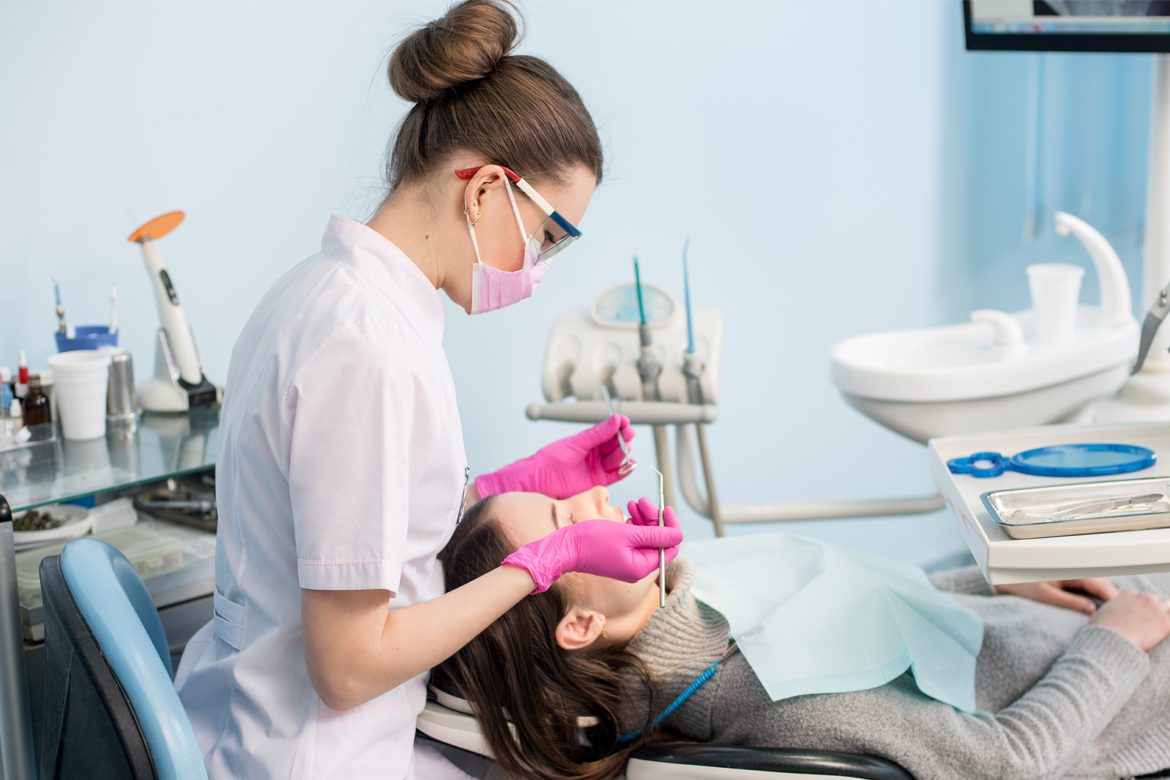The professional licensure process for dental hygienists has been complex throughout the profession’s 109-year history. To obtain a license and practice dental hygiene, a clinician must (1) graduate from a CODA- (Commission on Dental Accreditation) accredited program, (2) pass a written national board exam, (3) pass a state licensing clinical exam (patient-based, objective structured clinical exam [OSCE], or manikin), and (4) pass a state jurisprudence exam regarding the regulations in each state of licensure. No states are currently participating in awarding dual dental hygiene licensure.
A clinician must test and apply for licensure in each state to provide care in multiple states. The requirement to be licensed in multiple states has created a licensing barrier for practicing dental hygienists. This is a major problem for many hygienists, especially those living near state borders. Fortunately, other health-care professions, such as nursing, medicine, physical therapy, occupational therapy, speech therapy, and others have resolved this issue through license portability (LP). LP is the ability of a health-care professional to transfer their license across state lines to continue their professional practice.
There are few differences in basic educational requirements between states. CODA, which has the same requirements on curricular content for dental hygienists across the country, must accredit all dental hygiene programs. However, there are discrepancies regarding scope of practice and accepted testing criteria for licensure between states. In dentistry, several testing agencies (ADEX, CDCA, CRDTS, SRTA, and WREB) provide clinical testing for providers who have successfully completed their studies. Some states accept results from all agencies, while others are specific to certain regions.
The positive impacts of LP
Many aspects of dental hygiene would be positively affected by increased LP. It would be easier for dental hygiene programs to recruit out-of-state candidates, thereby opening opportunities for students to obtain their education in more locations.
The US Health Resources and Services Administration reported 6,898 dental health professional shortage areas in the US as of March 15, 2022. You can download the latest information at data.hrsa.gov. In addition, due to COVID-19, many clinicians have left dental hygiene, thereby increasing the number of people experiencing limited access to dental care. LP would help increase the mobility of providers. Dental offices near state borders, or whose geographic locations make it difficult to entice dental hygienists to their communities, would be more likely to find providers. In addition, areas that are temporarily experiencing access to care issues due to natural disasters may be able to employ dental hygienists in much the same way as traveling nurses.
The public does not have strong convictions about LP. It’s predominantly dental providers who have strong opinions regarding licensure. Some believe that LP would create new competition in the dental hygiene job market, resulting in lower pay as out-of-state hygienists move into an area. This has not been the case in other professions. The main barriers preventing LP are individual boards of dentistry who determine the scope of practice laws in each state. This begs the question, why not have dental hygienists abide by a state’s scope of practice, but make their license portable?
Dental hygiene lags behind
Most professions have identified the importance of self-governance as a key element of license portability. California is currently the only state that self-governs the hygiene profession. The American Dental Hygienists’ Association (ADHA) has researched creating a dental hygiene board that is separate from the board of dentistry to help advance the profession; however, the high cost of self-governance goes hand in hand with a higher cost of management. Self-governance does not seem feasible at this time and changing the license portability laws requires multiple states to cooperate and lobby together, and this requires funding.
Another option to license portability has been gaining momentum in the US. The Interstate Licensing Compact (ILC) creates a new way to expedite the licensing of medical providers already licensed to practice in one state and who seek to practice medicine in many states. Nursing, medicine, physical therapy, emergency medical services (EMS), occupational therapy, and speech therapy are using such compacts. An ILC allows states to retain control but also provide portability while not changing scope of practice. The movement has gained support due to the involvement of the Council of State Governments (CSG) and the Department of Defense, which have shown their support due to license portability’s effect on military spouses who practice. Support for the interstate licensure compact cites the uniformity in licenses, boards, education, and scope of practice for dental hygienists.
Change is being considered for our profession. A state-to-state licensure pact is in development for dental hygiene. The challenges for the compact include reaching a consensus on the first draft of the bill. The State Licensure compacts will use ADHA communications for their stakeholder review of the first draft of the bill, and dental hygienist participation will be important. Moving forward, we must stay up to date on current legislation and use our political influence as providers to move our licensure potential forward.

